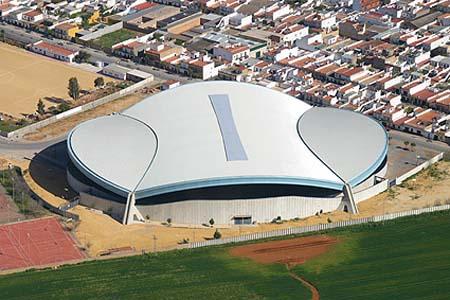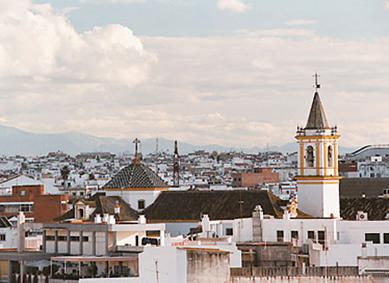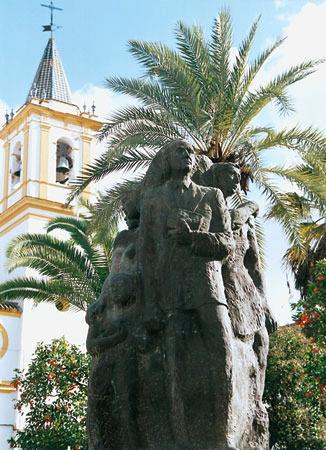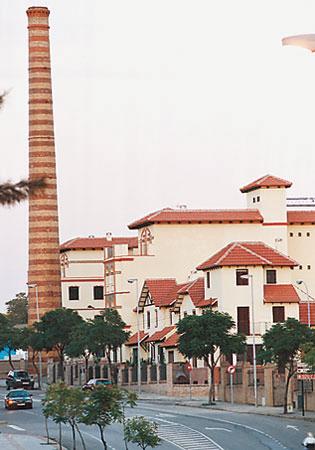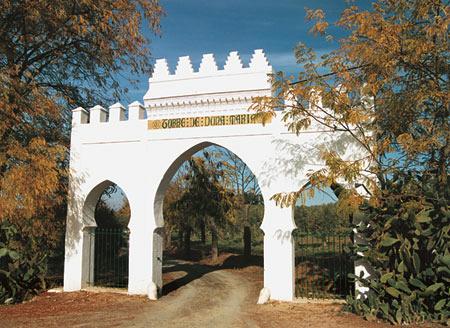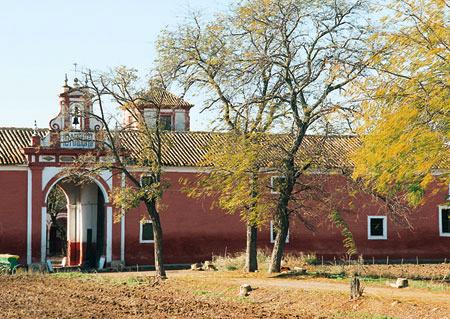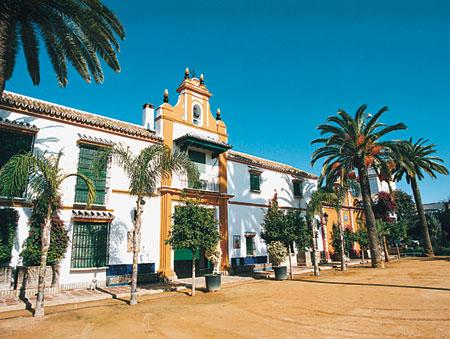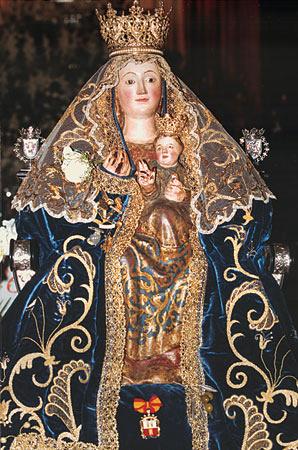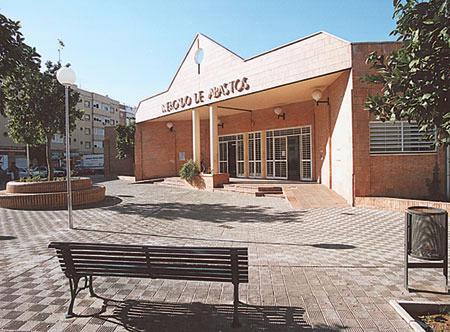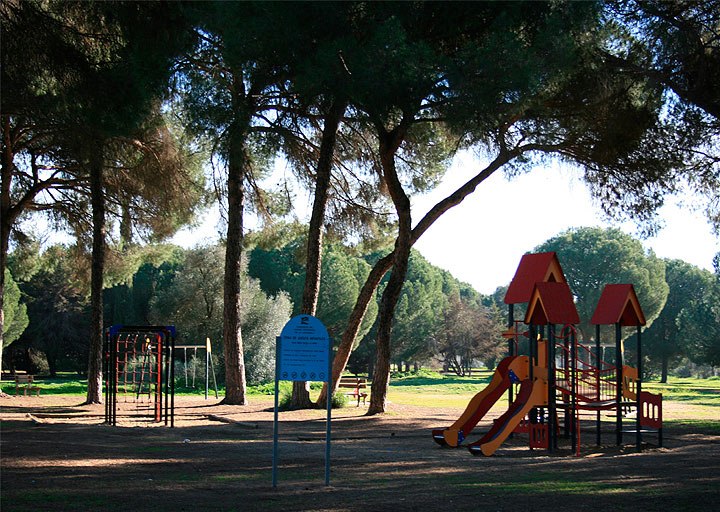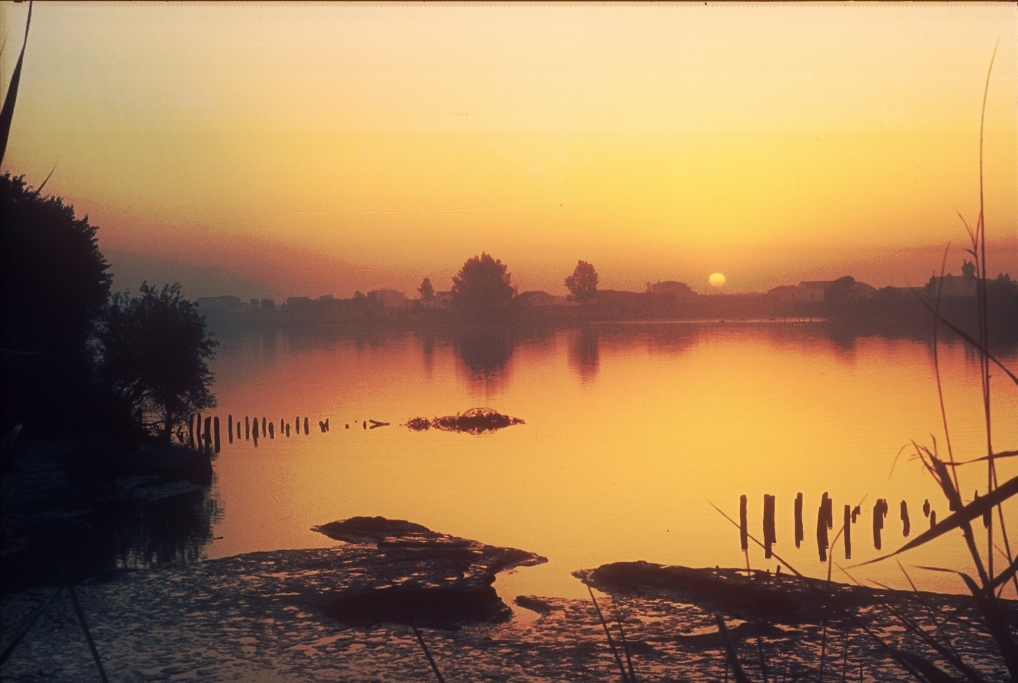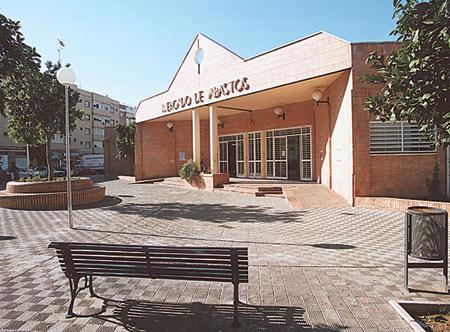Dos Hermanas
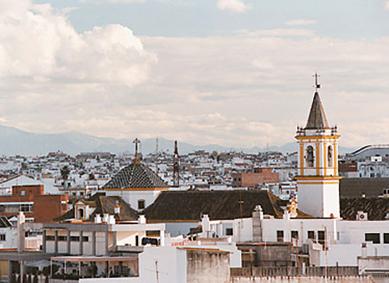
Large city belonging to the Campiña district, located within the metropolitan area of Sevilla. This is why its landscape is predominantly urban, with some flat countryside which gently descends to the Guadalquivir Valley.
The city has a rich history evidenced by some outstanding monuments such as the Church of the Magdalena, the Chapel of Santa Ana, the Chapel of Valme, the Church of San Sebastián, the Ruins of Orippo, the Tower of Herberos, the Tower of Doña María and the Hacienda de Quinto.
History
Its origins go back to the Tartessian city of Orippo. The township is crossed by many Roman roads and paths, and many country estates are located on the site of ancient Roman villas. The ancient roman town of Orippo was located on the hill known as the Torre de los Herberos. It was an important urban centre during the Roman domination and was entitled to coining its own currency.
During the period of Al-Andalus it was just a small hamlet dedicated to the production of olive oil, wheat and vineyards.
Following the Christian conquest undertaken by Ferdinand III, the alter settled at the Torre de los Herberos and later in the area of the Cuarto. It was there that the famed miraculous intervention of the Virgin took place, whereby she helped the King win a battle. As a result the Hermitage of Valme was built, and it became the site of pilgrimages in honour of the Virigin of Valme. At the time the village was called Fuente del Rey, Fuente de D. Pelayo or Cerro del Cuarto.
Following the Christian conquest it was handed over to several noblemen; according to the legend, the daughters of one of them, don Gonzalo Nazareno, discovered the statue of Santa Ana and a cross hidden five centuries earlier during the Arab invasion. The village started being called Villa Nazarena in honour of the girls, and later Dos Hermanas (which means two sisters).
In the 19th century, Dos Hermanas was a place where Romantic writers liked to gather. Lamarque de Novoa and Antonio Díaz built their beautiful Alquería del Pilar here, and were accompanied by Mariani, Narciso Campilo, Washington Irving, father Coloma, and the painter Virgilio Mattoni. But it was Fernán Caballero who brought the greatest fame to Dos Hermanas. He lived there many years, and in his work Heritage recreated the atmosphere of the town. His best-known novel "La familia Alvareda", is based on a true story of Dos Hermanas.


